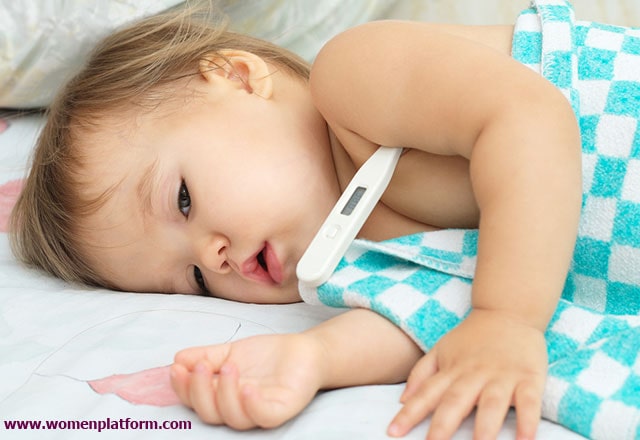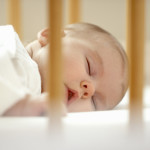
The most common fear of parents is the fever of their children. In fact, fever is a normal response to bacteria and viruses that often enter the body.If checked carefully, it is a useful defense mechanism.
Why do Children get Fever?
The most common causes of short – term fever lasting three to five days are upper and lower respiratory infections, diarrhea in the gastrointestinal tract, and infections with vomiting, especially in children.
Apart from these, otitis media, pneumonia, meningitis, rheumatic diseases, malignant diseases may cause fever. Some children may have mild fever after the vaccine and during tooth extraction.
In What Circumstances do I have to go to a Doctor?
- All febrile children under 3 months should be taken to the doctor.
- If you have a rash on your skin with fever
- Even though the fire is falling
- If he’s breathing hard and often
- Cough, wheezing, ear pain, abdominal pain, sore throat, persistent vomiting, frequent diarrhea, burning urination, changes in the color of urine
- If there is throwing and swelling in the wing
- If your child is under 2 years of age, more than 24 hours, over 2 years of age, fever persists for more than 3 days
- If you have symptoms of dehydration, such as dry mouth, lack of tears, a decrease in the amount of urine in the eye or in the dimple in the binguldakta, you may have fluid loss.
- a doctor should be consulted without delay.
How to Reduce Fire?
It is normal for the child to tremble as the fever rises. Thick clothing, the child’s fever leads to an even higher.
For this reason, the child should not be dressed in thick clothes, on the grounds that the cover should be cold.
The temperature of the room with the hot child should be kept between 21 and 22 degrees. Fever increases sweating and respiration, resulting in increased fluid loss.
Plenty of fluids should be given to the child. If the fever is too high, you can wear warm water (29-32 degrees) or rarely bathe, but never wrap the child in a cold wet towel or table, or put him under a direct cold shower.
In addition to these applications, it can be used in syrup and suppositories that reduce the child’s age and weight at appropriate dosage.
One of the points to remember that aspirin should not be used in children as a lowering of fever.
What is Febrile Convulsion?
At the time of the febrile convulsion, up to 30% of the families do not realize that their children are hot. It is often seen in children between 6 and 5 years of age.
The fire is usually above 38C. Although hot wire transfer is a very scary situation for families, it is not a stop that actually hurts the child.
Contrary to popular belief, a febrile transfer does not cause epilepsy, nor does it cause injury or death. In a febrile referral child may develop a loss of consciousness in the eyes of spasm and bruising.
The first thing to do in this case is to calm down. It is comforting to know that this situation will not cause permanent damage to the child. In such a situation, the child should be prevented from falling and damaging himself
. You can take your child in your lap and hold his back in a position facing you side by side and his head slightly down. It is the most accurate move to apply to the nearest health center by keeping the airway open. 90% of hot wire transfers are already self-contained in 10 minutes.










